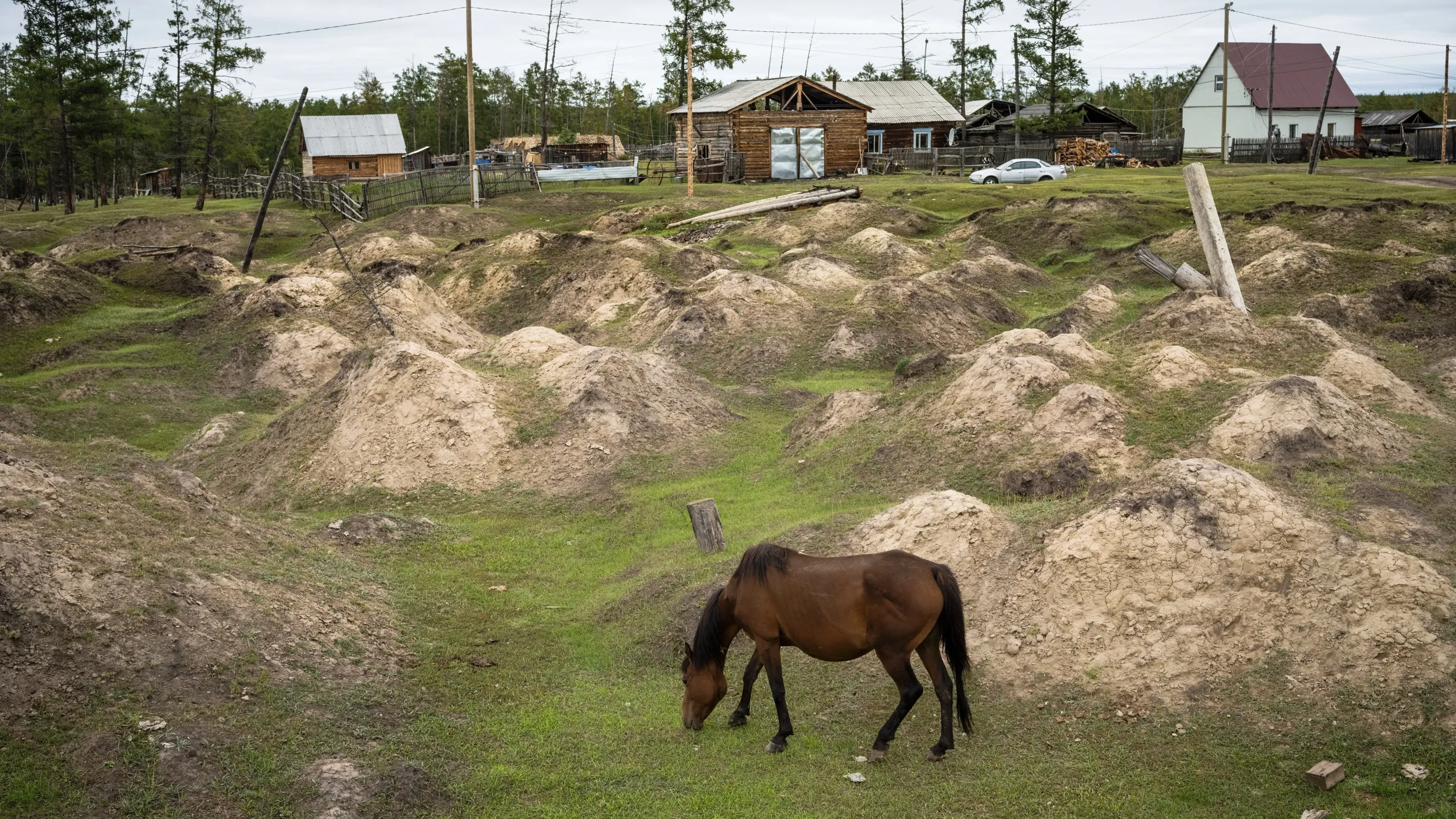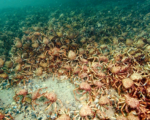A new study, currently under review in Climate of the Past, reveals that summers in Arctic Siberia were up to 10°C warmer during the Last Interglacial period, which occurred around 115,000 to 130,000 years ago. This research, led by Dr. Lutz Schirrmeister and colleagues from the Helmholtz Center for Polar and Marine Research in Germany, sheds light on how polar ecosystems responded to a period of heightened warmth. Using sediment cores and fossil remains, the team was able to reconstruct the climate of the region during this warm phase, providing critical insights into the historical climate dynamics of the Arctic.
One of the key findings of the study is the amplification of warming in the Arctic compared to the broader northern hemisphere, which was driven by a phenomenon known as ice-albedo feedback. This process occurs when melting ice reduces the amount of solar radiation that is reflected back into space, thereby increasing the amount of heat absorbed by the Earth’s surface. The researchers found that this feedback loop significantly accelerated warming in Arctic Siberia during the Last Interglacial, contributing to the higher-than-average temperatures observed in the region.
The team conducted fieldwork in coastal sections along Siberia’s Dmitry Laptev Strait, where landscapes shaped by permafrost have been well-preserved. This area provided a unique opportunity to study the impacts of climate change on the region’s environment. The thermokarst topography in the area, formed by the thawing of ice-rich permafrost, helped the researchers gain valuable insights into past climate conditions. By analyzing sediment cores from layers of peat, clay, and silt, they were able to trace the climate history of the region.
The sediment cores, collected between 1999 and 2014, contained fossil evidence, including pollen, insects, and mollusks, which helped the team reconstruct the vegetation and climate of the past. Their findings indicate that during the Last Interglacial, the Arctic environment underwent significant shifts, with changes in vegetation patterns and climate conditions that are now being closely studied to better understand how polar regions might respond to current and future climate change. The study highlights the importance of examining historical climate data to anticipate the effects of ongoing warming in the Arctic.














